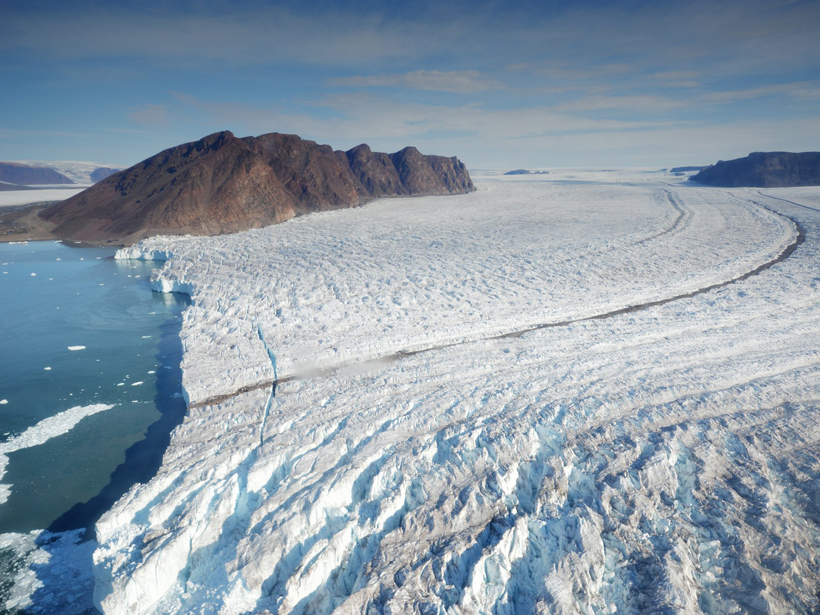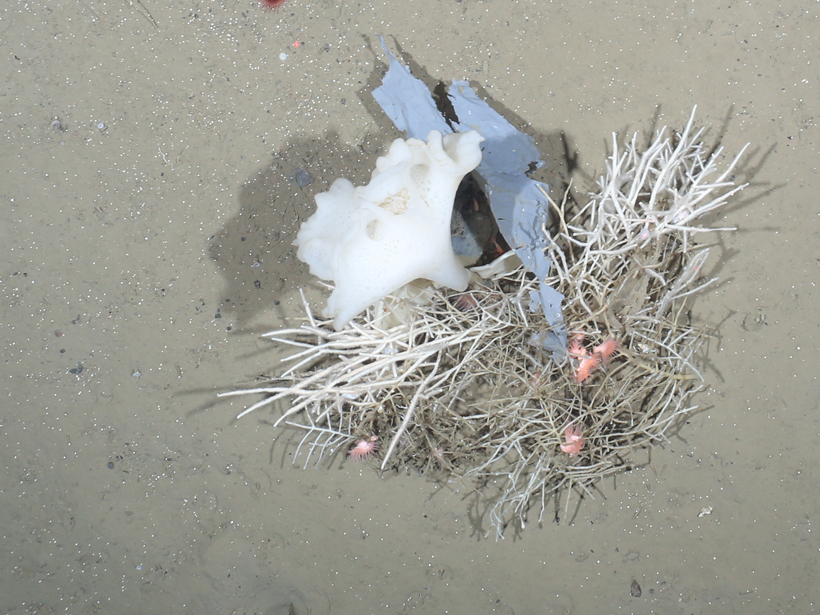Summit Station Science Summit; Arlington, Virginia, 28–29 March 2017
Greenland
Southern Greenland Wildfire Extinguished
Scientists are still investigating the cause, fuel source, and overall impact of the weeks-long blaze.
Greenland Fires Ignite Climate Change Fears
The fires are stoking worries about the vast island’s thawing permafrost.
Massive Waves of Melting Greenland Ice Warped Earth’s Crust
A novel method uses shifting bedrock to trace pulses of mass that propagate down a glacier.
Accounting for Accelerated East Coast Sea Level Rise
An analysis of tide gauge records and physical models shows acceleration of sea level rise on the East Coast due to melting of the Greenland Ice Sheet is especially pronounced south of 40°N latitude.
New Instrument May Aid Search for Extraterrestrial Life
For 2 weeks on the Greenland ice cap, scientists tested an instrument that might help us find life on icy moons with oceans beneath their crusts.
New Technique Reveals Iceberg Calving Process
Researchers used unmanned aerial vehicle data to model the growth of a fracture that broke a 1-kilometer-long iceberg off a Greenland glacier.
Mounting Litter Spotted on Arctic Seafloor
At one location near Greenland, the density of undersea trash leaped by a factor of 23 in a decade.
More Frequent Glacial Quakes on Greenland Signal Ice Retreat
Between 1993 and 2011, the annual number of earthquakes caused by gigantic blocks of ice breaking away from Greenland's glaciers has increased, further evidence of accelerating ice loss.
Using Landsat to Take the Long View on Greenland's Glaciers
A new web-based data portal gives scientists access to more than 40 years of satellite imagery, providing seasonal to long-term insights into outflows from Greenland's ice sheet.










